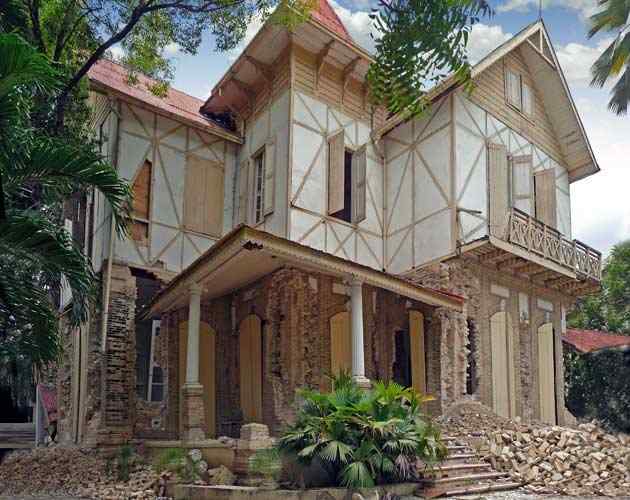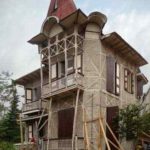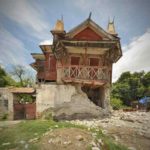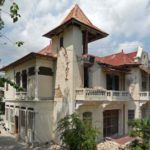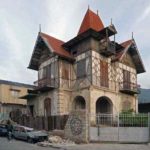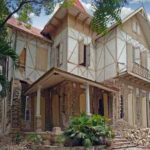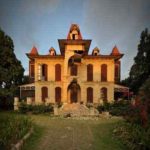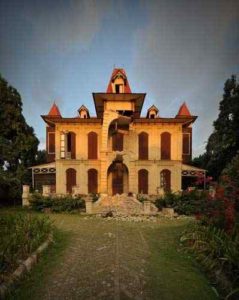
Of the approximately 300,000 buildings in Haiti that were damaged during the January 2010 earthquake, the country’s historic gingerbread houses endured the disaster relatively well. In fact, researchers estimate than only 5 percent of these beloved buildings partially or fully collapsed.
As the country slowly rebuilds, lessons could be learned from these charismatic dwellings built more than a century ago. A report released this year by the International Council of Monuments and Sites (ICOMOS) and the World Monuments Fund (WMF) states that traditional Haitian construction—particularly braced timber framing and colombage, which features that same framing with masonry infill—withstood seismic loads far better than more recent structures made with rigid Portland cement. These findings were based on an April 2010 survey of approximately 200 gingerbread houses in the Port-au-Prince neighborhoods of Bois Verna, Pacot, and Turgeau. The study was produced with support from the Amsterdam-based Prince Claus Fund and the Haitian organization Fondation Connaissance et Liberté (FOKAL).
The “Preserving Haiti’s Gingerbread Houses” report represents one of the first systematic efforts to analyze customary Haitian building materials and methods. The New York–based WMF distributed the English-language report to select stakeholders this spring and made it available online; a French edition will go out in a similar manner in the coming weeks, and a Spanish version will later be available online. Moreover, WMF is working with FOKAL to present the information in a traveling exhibition that will include photographs by Tito Dupret and Randolph Langenbach.
Currently both groups also are working on ensuring a long future for Haiti’s gingerbread houses. WMF, in collaboration with FOKAL and others, hopes to produce preservation manuals that include specific recommendations about shoring and mothballing, mortar analysis, roof refurbishment, and the repair and maintenance of wood, brick, and other materials. The manuals would be developed in conjunction with the restoration of a gingerbread house by FOKAL and students in a new Haitian crafts training program. The house would eventually become a conservation center.
Erica Avrami, WMF’s research and education director, says that preservation is about more than saving a piece of history. “The ultimate goal,” she says, “is to utilize preservation as a catalyst for urban planning, economic and community development, and heritage advocacy.” The gingerbread houses aren’t the only historic structures in Haiti receiving attention from preservationists: Earlier this year, the heavily damaged Iron Market in downtown Port-au-Prince reopened after a $12 million restoration funded by the Irish billionaire Denis O’Brien and overseen by the UK architect John McAslan.
